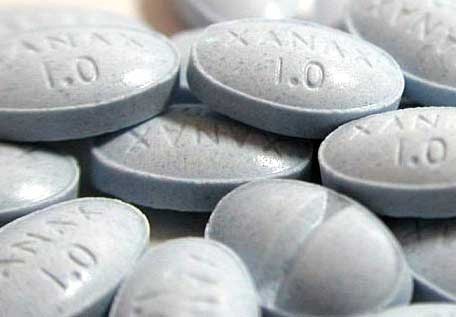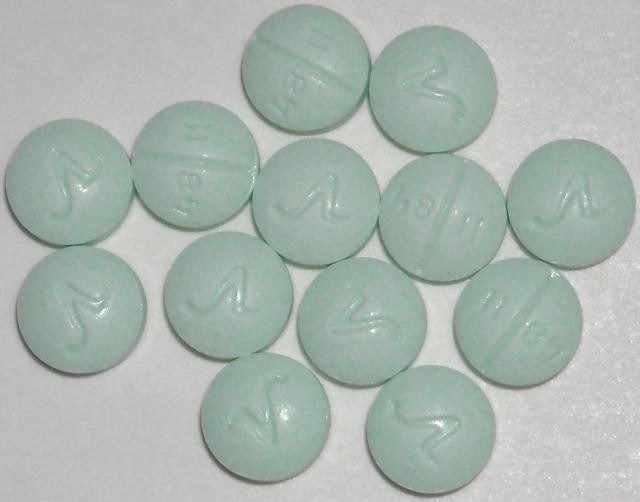For kids, drug abuse begins at home
Easy access to prescription meds is blamed for ‘epidemic’
Despite all the education and the warnings about how drugs — even those that are legally prescribed — can be harmful if abused, young people continue to wander down potentially disastrous paths, according to Kerri Ann Murphy, an Atlantic Beach resident and a registered nurse at the Nassau University Medical Center in East Meadow.
Murphy said that too many young people are abusing prescription drugs such as Roxicodone and Xanax. There’s an epidemic in the community,” she said. “I’m seeing it in my neighborhood and hearing stories from my children’s friends.”
Murphy said she constantly sees young people in the Intensive Care Unit at NUMC, and she has had fights with parents that have cost friendships because they don’t want to talk about their children’s drug abuse problems.
Barry Wilansky, executive director of the Tempo Group in Woodmere, a not-for-profit drug abuse and treatment program, said that in the past several years, Americans’ view of prescription drugs has changed. “The shift has been profound,” Wilansky said. “Kids trust prescription drugs, and since there are fewer services in schools, fewer residential services and fewer psychiatric services, and there’s more pressure from schools and families hit hard by the economy, children are getting lost in this pandemic.”
The generic medication oxycodone, better known as brand names OxyContin and Roxicodone, is an opiate that relieves moderate to severe pain by changing the way the nervous system and brain react to pain. The generic drugs alprazolam and diazepam — whose best-known brand names are Xanax and Valium, respectively — have similar properties, and are used to treat anxiety and panic disorder. In 2006, according to a National Institutes of Health Drug Abuse survey, a nationwide total of 741,425 emergency room visits were attributed to the nonmedical use of pharmaceuticals. Of these, nearly 65,000 were a result of oxycodone abuse and more than 195,000 were linked to Xanax and Valium.
Prescription drugs like Roxicodone and Xanax, Wilansky explained, slow brain functions, so thoughts aren’t stressful and user feels relaxed. “If you’re burdened with whatever you’re struggling with and you learn to take the drugs, it will take the edge off and slow down your thinking and make your body feel differently,” he said. “[But] the absolute terror for me is when we’re training our children to use opiates, marijuana and alcohol so they don’t develop strategies to cope with real-life emotions.”
A Lawrence resident, who declined to be identified, has two children, now 21 and 22, who graduated from Lawrence High School and had several friends who abused prescription drugs. She said that her son’s friends began using pills in high school and, now in their early 20s, they are still using prescription drugs.
“Something has to happen,” she said. “Anyone in pain can go to the doctor and get a prescription, so it’s easier to get.”
Wilansky said that most kids gain access to prescription drugs through family members. “Middle-school kids start experimenting with prescriptions but they aren’t looking to get high,” he said. “Kids think pills are OK, and they get caught up and like what they feel. They’ll get them in the street, since there’s always someone who’s selling a bottle. They’ll also look to older siblings, their community and in their medicine cabinet.”
Murphy said that prescription drugs are highly addictive, and once the high wears off, the user starts sweating and may experience shaking and vomiting until they take another pill. She also said she wishes parents would talk about the problems of addiction with their children. “Most parents are too proud to admit that their child has a problem,” she said. “Well, news flash, everyone, if you don’t acknowledge the problem, you might as well start looking for burial plots for your kids.”

 51.0°,
Mostly Cloudy
51.0°,
Mostly Cloudy 







